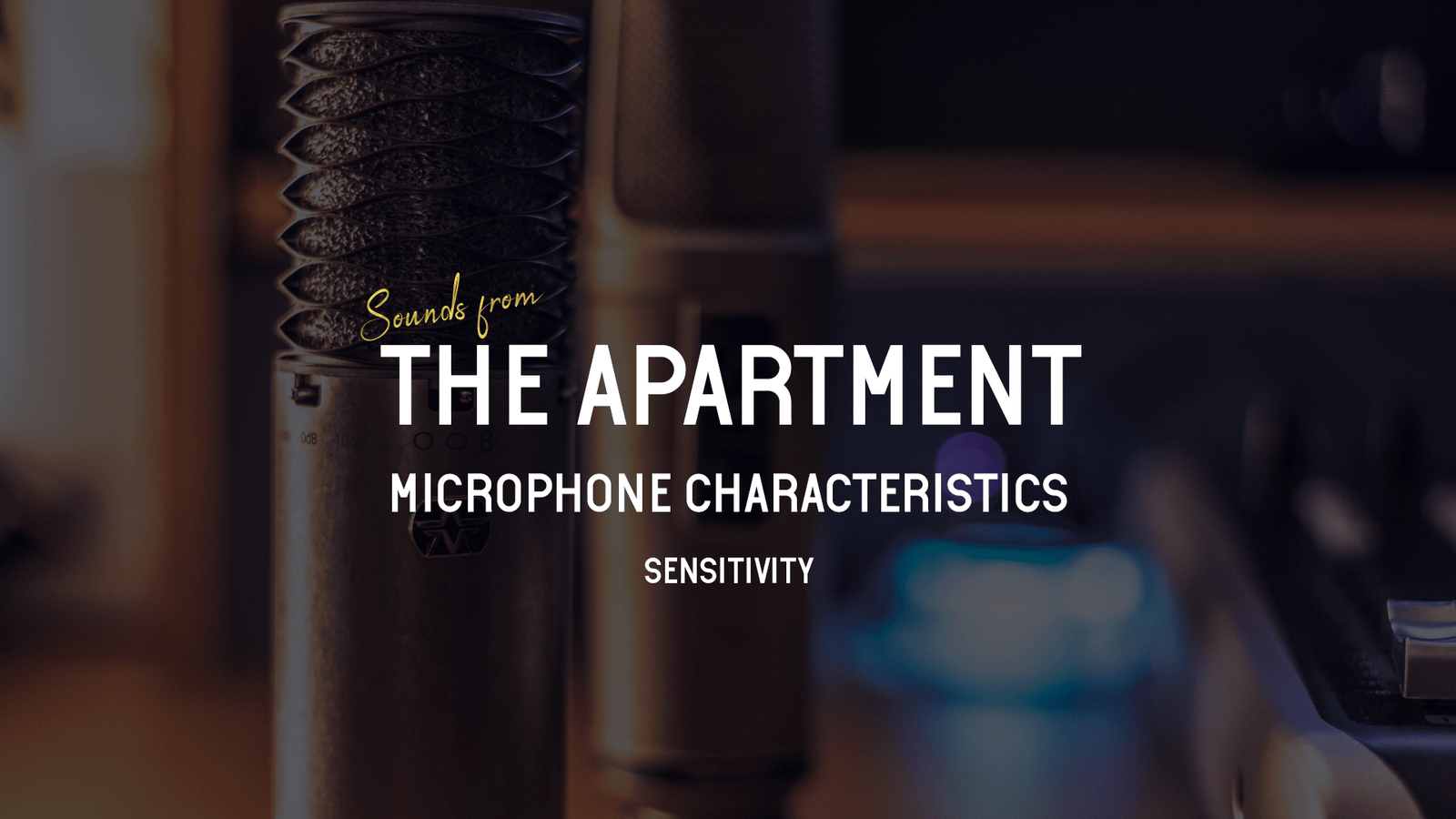Hello audio geeks!
We are getting closer to the end when it comes to the Microphone Characteristics series! There are still a few articles to go out there, I know these might seem boring information for a lot of you, but, I can guarantee you, they information here is invaluable!
Let’s dive in!
Let’s talk about Sensitivity!
If you have used a few different microphones you might have noticed that some of them require more gain in order to get a proper signal while on the gain staging level. This goes down to the transducer design of the microphone itself and it affects how sensitively handles any incoming Sound Pressure Level (SPL) and convert it to electric voltage as its output level.
If you remember, in the Signal to Noise Ratio and Self Noise article, there was a reference to a standard measurement for the the Acoustic Level Pressure.
The acoustic level reference in that case is 1 Pascal (94 dB SPL).
Although we did not mention on that article, it’s the time to realise that this number is a constant. 1 Pascal will always represent 94 dB SPL when it comes to acoustic sound pressure.
How to Measure Sensitivity
So if you would like to measure the sensitivity of a microphone, you would do it against a specific sound level. That typically is 1Khz, on-axis to the microphone, and there are 2 ways to represent a microphone’s Sensitivity in written.
A – Milli volts (mV) per Pascal unit (Pa) (Usually an EU metric)
B – dB Voltage referenced to 1 volt (dBV) per Pascal unit (Pa) (Usually a US metric)
It might make more sense if we actually use an actual microphone specification for this purpose. We will (obviously once again) use Aston’s Spirit as an example.
Spirit has a sensitivity value of 23.7 mV/Pa or -32.5 dBV
This means that for any 1KHz frequency that hits the microphone’s diaphragm at 1 Pa (94 dB SPL) the microphone will output 23.7 mV
At the same time it means that it produces -32.5 dBV. This is a negative value only because the comparison is between the produced mV voltage (23.7) against the dBV reference level, which is 1 volt. As the decibel measurement is a ratio itself, the result of this calculation will give us a negative value of -32.5 dBV meaning that the dBV output of the Spirit is 32.5 dBV below the 1 volt reference. This is actually quite “hot” but it makes sense as the Spirit is a condenser microphone and condenser are, typically, more sensitive than dynamic microphones.
Why is Sensitivity important?
Sensitivity can help you make better recordings as it has a lot to do with picking the right microphone for the right source.
Usually, Dynamic microphones tend to have low sensitivity values and therefore tend to be better choices for loud sources of sound. On the contrary, Condenser microphones tend to have higher values, and there fore can much easier capture quiet and delicate sounds without the need to push the preamp on your audio interface or mixing desk too much.
Another interesting bit of knowledge, is that passive Ribbon microphones tend to have the lowest volt output when compared to the other microphone types. On the other hand, active Ribbon microphones are a whole different story and can be compared to Condensers.
As always don’t forget to leave your feedback in the comments section below and of course on our Instagram and Facebook pages!
Special ask this week: Let me know what kind of content or subjects you would like to see in the future articles we are going to be releasing!
Finally, here you can find a few free tips for managing you home studio in a better way! Or if you are the video type of person, subscribe to our YouTube channel for our Artist Showcases! More video content soon!

